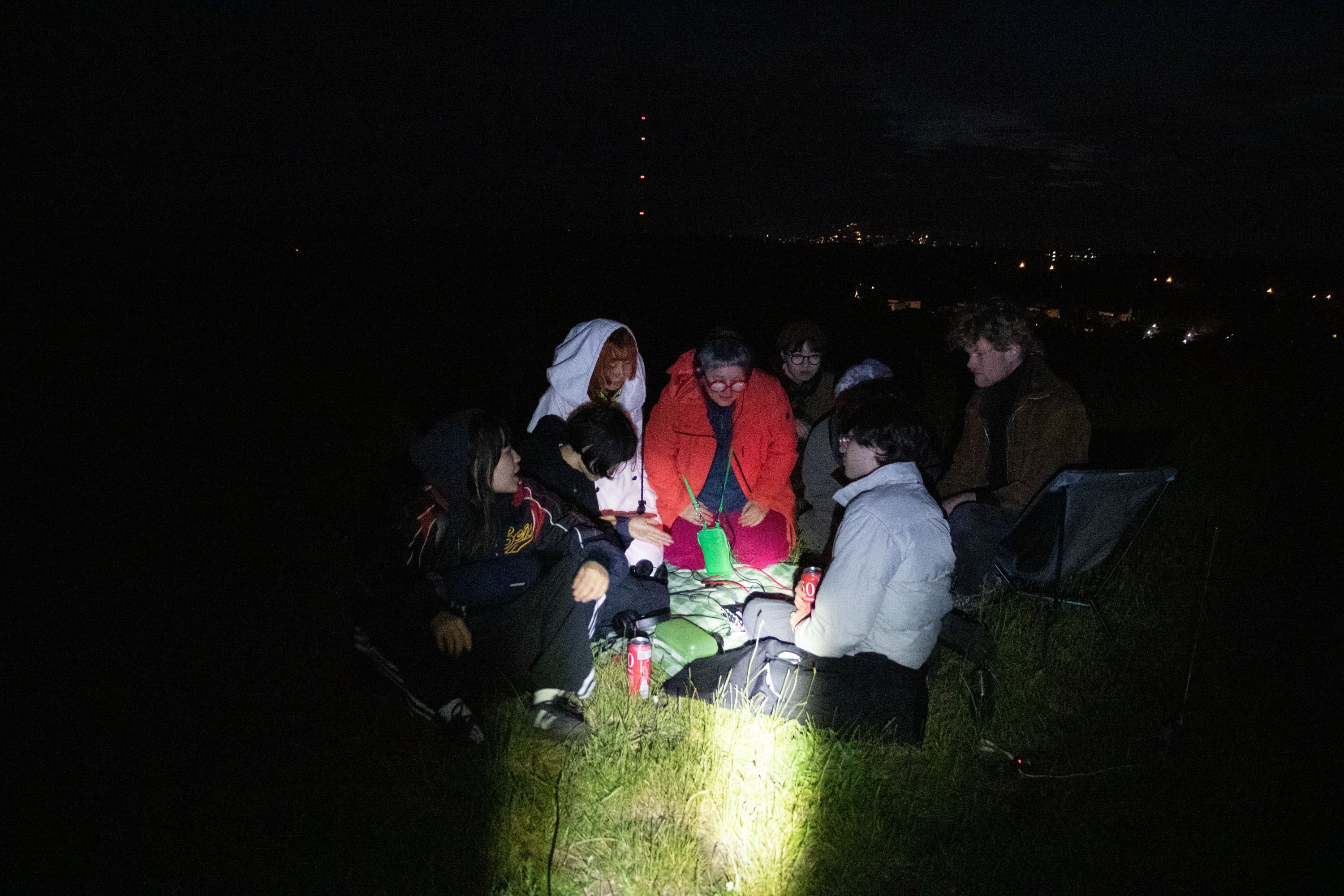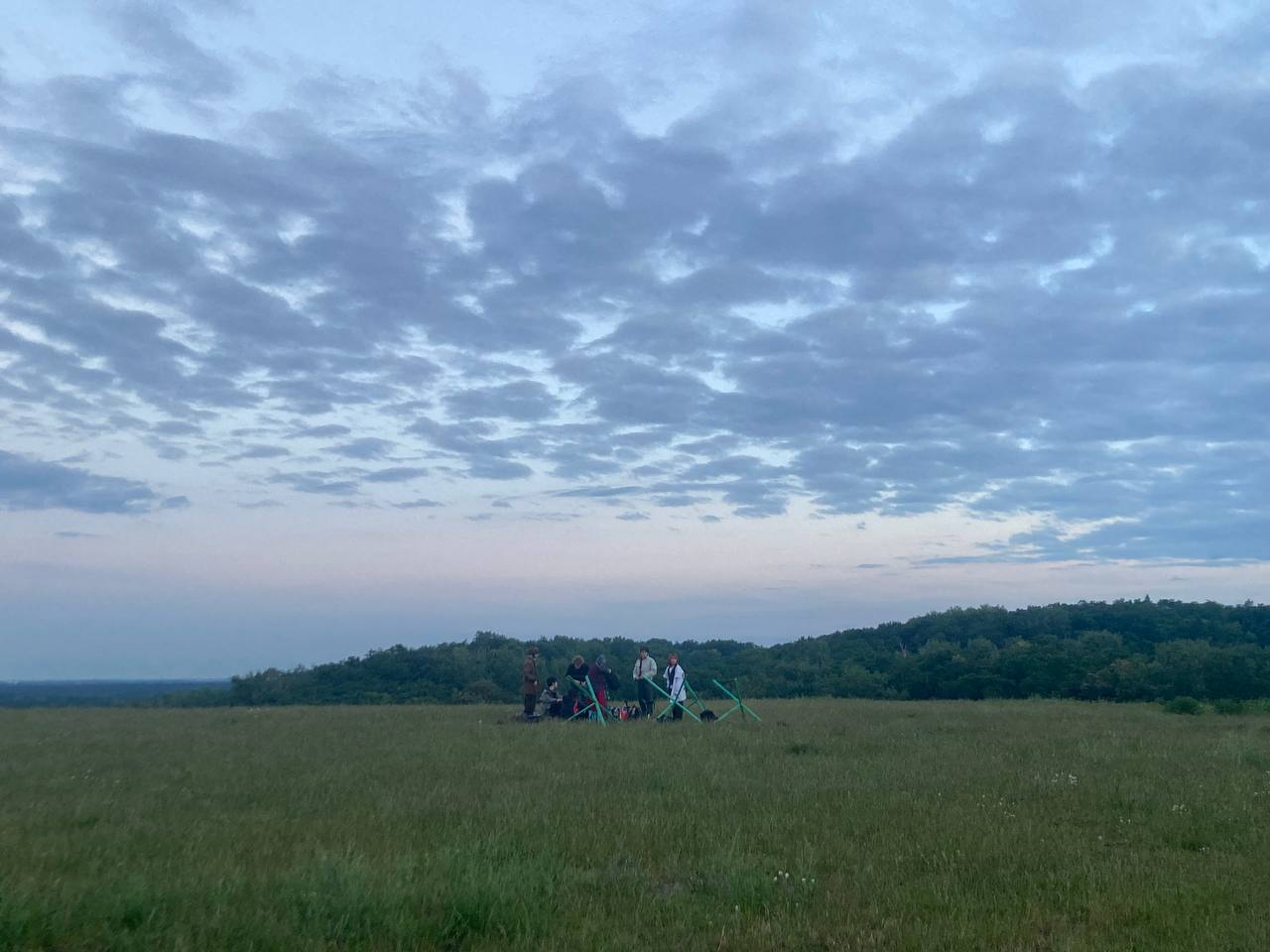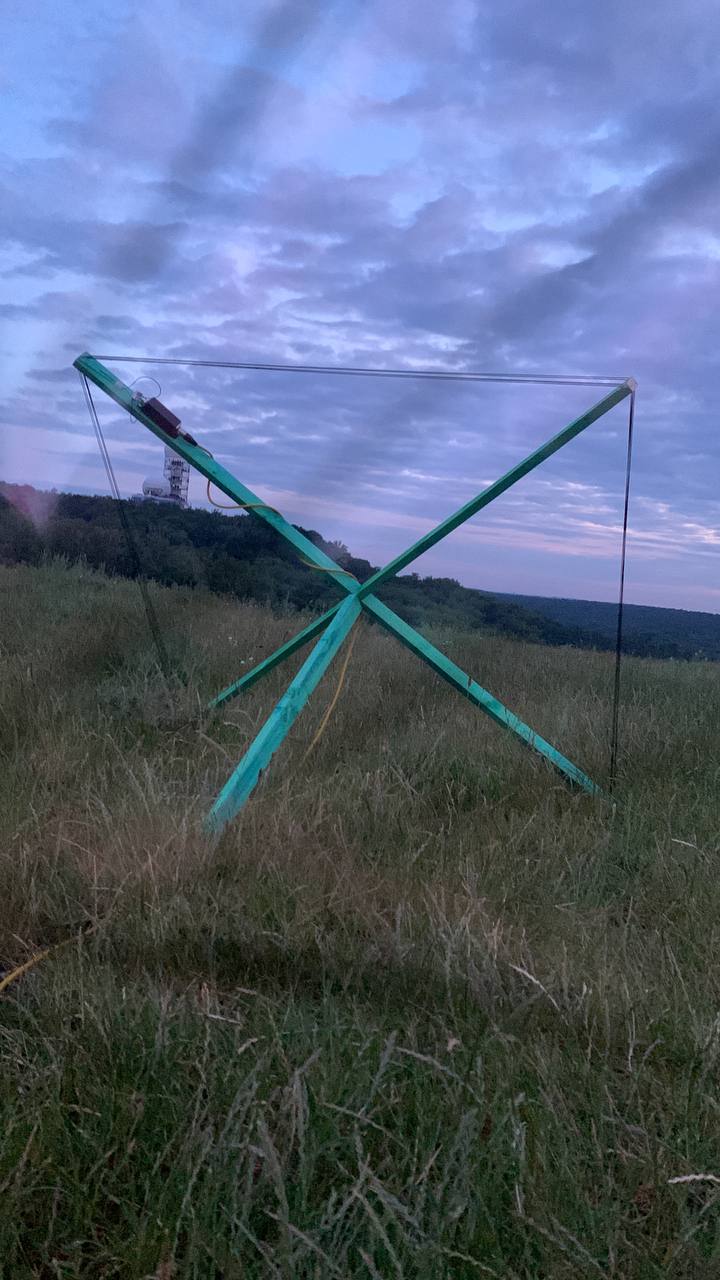Sferics
By Aron Petau • 3 minutes read •
What the Hell are Sferics?
A radio atmospheric signal or sferic (sometimes also spelled "spheric") is a broadband electromagnetic impulse that occurs as a result of natural atmospheric lightning discharges. Sferics may propagate from their lightning source without major attenuation in the Earth–ionosphere waveguide, and can be received thousands of kilometres from their source.
Source: Wikipedia
Why Catch Them?
Microsferics is a fascinating reference project—a network of sferics antennas used to detect lightning strikes. Through triangulation (not unlike GPS mathematics), they can determine the more-or-less exact location of each strike. This proves useful for weather prediction and detecting forest fires, which are often caused by lightning.
When converted to audio, sferics frequencies fall within the audible range, making it possible to actually listen to lightning strikes. The sound is usually a crackling noise, though sometimes surprisingly melodic—reminiscent of a Geiger counter.
The Technical Challenge
Sferics live in the VLF (Very Low Frequency) range, around 10 kHz—a problem for most radios not designed for such low frequencies. That's why we built our own antenna.
At 10 kHz, we're dealing with insanely large waves: a single wavelength stretches roughly 30 kilometers. This scale demands a sizable antenna. A special property of such massive waves is their tendency to reflect between the ionosphere and Earth's surface—effectively bouncing around the globe several times before absorption. This means we can pick up sferics from all over the world, even Australian lightning strikes!
Without proper triangulation math, we can't determine exact directions, but the "tweeks" we captured typically originate from at least 2,000 km away.
The Build
We constructed several "long-loop" antennas—essentially a coil of wire with a capacitor at the end. A specific balun is needed (depending on wire length) to output an electrical signal via XLR cable.
Loosely following instructions from Calvin R. Graf, we built a 26-meter antenna looped multiple times around a wooden frame.
The Result
We captured several hours of sferics recordings, which we're currently investigating for further potential.
Listen to the Lightning
As you can hear, there's a noticeable 60 Hz ground buzz in the recording. This likely stems from improper grounding or our proximity to the bustling city. Still, it's surprising we achieved such clear results so close to Berlin. Let's see what the countryside yields!


